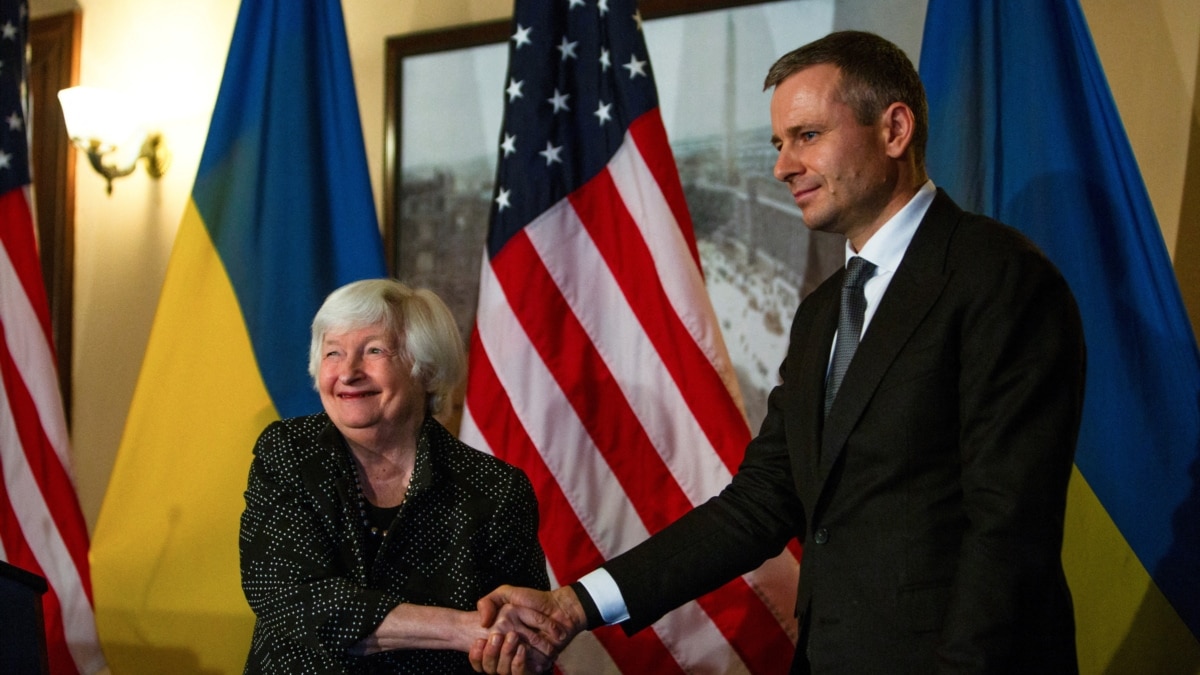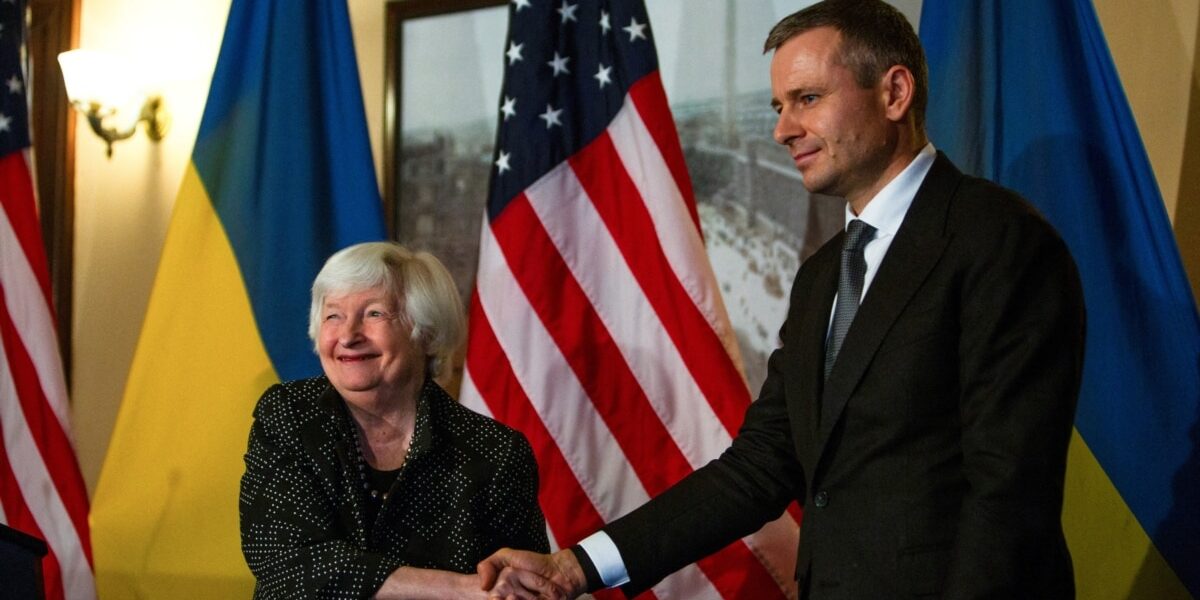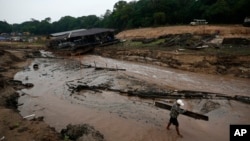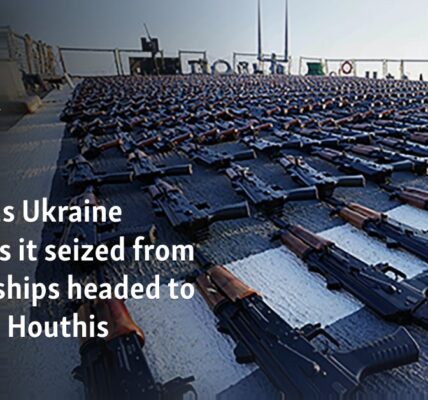G7 allies move ahead with $50 billion loan for Ukraine backed by frozen Russian funds

Washington —
The U.S. on Wednesday finalized its $20 billion portion of a long-awaited $50 billion loan to Ukraine backed by frozen Russian assets. The funds are to be available by year’s end for economic and military aid.
U.S. Treasury Secretary Janet Yellen and Ukrainian Finance Minister Sergii Marchenko signed an agreement for the U.S. loan commitment of $20 billion, which would be placed alongside a separate $20 billion European Union commitment and $10 billion to be split by G7 allies Britain, Japan and Canada.
The loan will be repaid with the earnings from more than $300 billion in sovereign Russian assets that have been immobilized since Moscow’s armies invaded Ukraine in February 2022. The funds are mostly held in Europe.
“In other words, Ukraine can receive the assistance it needs now, without burdening taxpayers,” President Joe Biden said in a statement.
The Biden administration wants to make $10 billion of the loan funds available for military aid, a plan that would require the approval of the Congress, White House National Security Council officials told reporters.
The administration does not need Congress’ approval to make available the remaining $10 billion by December, an NSC official said, adding: “Either way, the U.S. will provide $20 billion in support to Ukraine through this effort, whether it’s split between economic and military support or provided entirely via economic assistance.”
The official said the U.S. funds for nonmilitary aid would be transferred to the World Bank Trust Fund, which has agreed to administer the loan.
A person familiar with that arrangement said that the bank would manage sovereign loan contributions from the U.S., Japan and Canada in the same way that it manages a climate loss and damage fund.
Ukrainian President Volodymyr Zelenskyy, in an X social media post, thanked Biden and Yellen for making the U.S. loan happen, calling it a “significant step towards supporting Ukraine’s fight for freedom and holding Russia accountable.”
British, Canadian contributions
G7 finance ministers and central bank governors were due to meet this week on the sidelines of International Monetary Fund and World Bank annual meetings in Washington. The group includes the U.S., Japan, Germany, France, Britain, Italy and Canada.
Britain separately announced that it would contribute $2.94 billion into the G7 loan, saying its funds would help Ukraine buy weapons and rebuild damaged infrastructure.
Defense Minister John Healey said the money provided by Britain would be solely for Ukraine’s military and could be used to help develop drones capable of traveling farther than some long-range missiles.
Asked if Britain would allow Ukraine to use the money to buy British-made Storm Shadow missiles to hit targets deep inside Russia, Healey told reporters: “They are developing very heavily the use of even longer-range drones. They will work with us over how they use this money, and on the weapons they most need.”
Canada’s finance ministry said Wednesday that it would provide $3.7 billion to the G7 loan package.
Election timing
G7 leaders endorsed the loan plan in Italy in June, but it was delayed by U.S. officials’ insistence on assurances that the Russian assets would stay frozen long term to provide a certain stream of repayment revenues.
Yellen was keen to avoid a situation where U.S. – or Ukrainian – taxpayers would be on the hook to pay back the loans if the frozen assets were turned back over to Russia as part of a truce.
This would have required the EU to lengthen the interval for reaffirming its sanctions programs, including the asset freeze, from every six months to every three years. But Hungary refused to go along with this change, saying it wanted to wait until after the November 5 U.S. presidential election.
Republican presidential candidate Donald Trump has vowed to “get out” of the Ukraine war. So rather than wait, Yellen chose to move ahead without additional EU assurances.
Yellen told reporters on Tuesday that she felt confident the assets would stay frozen and that it was a “secure loan.”
The NSC official echoed those sentiments, saying that because of the EU commitment to lend Ukraine at least $20 billion, the Europeans have “incentives to keep the assets immobilized until we get fully repaid.” EU lawmakers on Tuesday approved the bloc’s plan to use the frozen Russian assets for the loan.
Source: voanews.com




